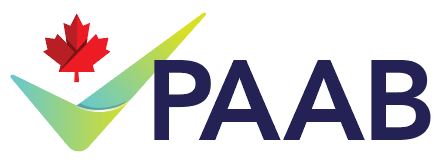The responses, guidance, and advisories provided by the Pharmaceutical Advertising Advisory Board (PAAB),
including but not limited to those available through the PAAB Forum, the PAAB website, and any PAAB
correspondences, are specifically intended to assist individuals navigating the PAAB preclearance system.
Repurposing or reproducing this content without written consent from the PAAB Commissioner is strictly
prohibited. This prohibition includes, but is not limited to, use in machine learning or AI models.
-
-
-
-
-
-
520 - Health Canada's policy "The Distinction Between Advertising and Other Activities" states that materials emanating from a parent company presented during an International conference would not require PAAB review, provided that they are only used within the confines of the conference and are prominently identified as "not being authorized for sale in Canada". However, when a product presented in a promotional booth is approved in the US and in Canada as well, if: - all the material clearly specifies that all the information comes from the US labelling/Marketing Authorization, and - the target audience is from the US and not from Canada, even though some Canadian HCPs could be attending, will this be still considered as promotional activity in Canada and require a pre-clearance form PAAB?
International Conferences -
-
-
-
-
-
-
-
-
-
-
-
-
-
